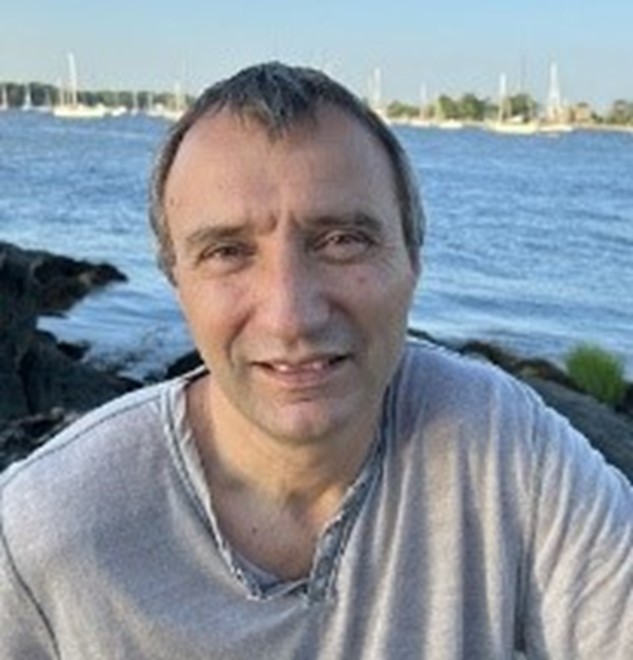Analysis of Underwater Soundscapes
Prof. Olivier Adam – Sorbonne Université, France

Dr Olivier ADAM is Professor at the Sorbonne University, Paris, France. Specialist in bioacoustics, he studies cetacean species to describe their populations and societies. He is currently working on the study of mother-calf interactions in humpback whales, on the analysis of surface social behaviours in sperm whales and on the description of underwater soundscapes. He is the author and co-author of more than 60 scientific papers. He was the curator of the Baleinopolis exhibition at the Palais of Porte Dorée in Paris (https://youtu.be/gRbQR77TrRM) and of the photo exhibition “L’Océan c’est Vivant” at the Cité internationale in Paris and on the Seine river bank. He is the co-organiser of international conferences, including the DCLDE (https://www.soest.hawaii.edu/ore/dclde/), and the Humpback Whale World Congress (https://www.hwwc.mg). He was the carrier of 3 webinars, on ocean noise pollution (https://oceanambassadors.co.uk/shush-noise-in-the-ocean-sorbonne-university), on the blue economy (https://oceanambassadors.co.uk/blueco-can-the-economy-of-the-oceans-really-be-sustainable), and on the ethics (https://oceanambassadors.co.uk/ethics-for-ocean).
Keynote talk description
Analysis of underwater soundscapes aims to detect and classify acoustic events in 3 main categories: sounds from the environment (geophony), from the living non-human species (biophony), from human activities (anthrophony). One of the objectives is to describe how the anthropic sounds impacts the marine ecosystem. Analysis focused on specific acoustic features including the types of sound, acoustic intensities, bandwidth, duration of the sound exposition. To answer these questions, recent studies were done on the cetacean species to evaluate the level of these effects, from behavior changes to beaching. Since 2007, thresholds were suggested to avoid temporary and permanent threshold shifts for 3 categories of cetaceans: “low frequency cetaceans” including the mysticeti species, “high frequency cetaceans” including almost all the odontoceti species, and “very high frequency cetaceans” including the small odontoceti species like the porpoises, the vaquitas… In our team, we focused on the manual and automatic annotation of the large dataset of acoustic recordings in order to use this information to train convolutional neural network (CNN). We built a platform to simplify this processing. Results show that after a short training session, non-expert annotators can be involved to identify specific underwater sounds, and they obtained close results than from expert annotators. Thus, citizen science seems to be a complementary option to increase the number of annotated datasets. The next step is to test different structures of CNN to optimize the classification of sounds from a catalog including sounds emitted by few cetaceans species and sounds from the large commercial ships. This work will contribute to mitigate the underwater noise pollution.
